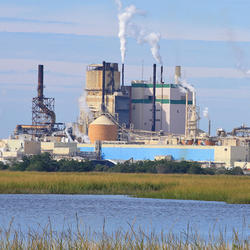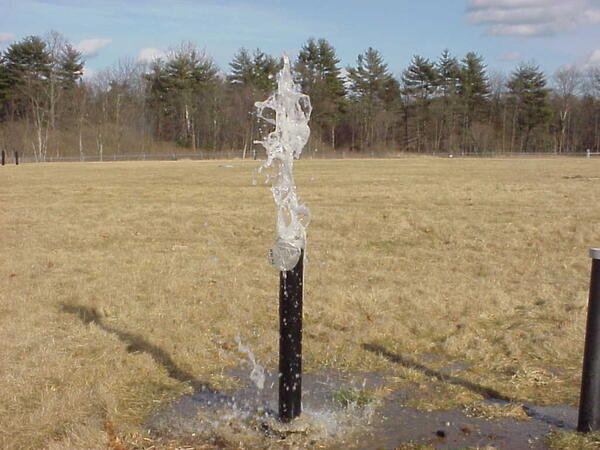Groundwater Well Ejects Water from Air Sparging at Savage Municipal Water Supply Superfund Site
Groundwater Well Ejects Water from Air Sparging at Savage Municipal Water Supply Superfund SiteA groundwater well at the Savage Municipal Water Supply Superfund Site ejects water as a result of air sparging taking place in an adjacent well. Air sparging is a technique used in soil remediation that sneds pressurized air into the ground to remove soil contaminants.












